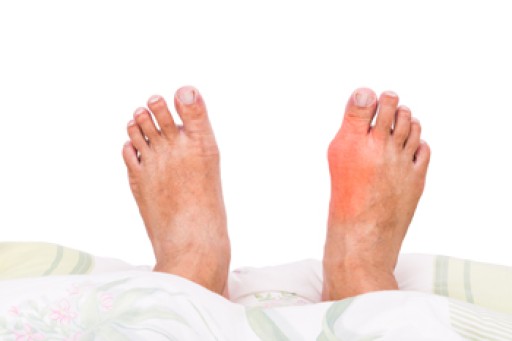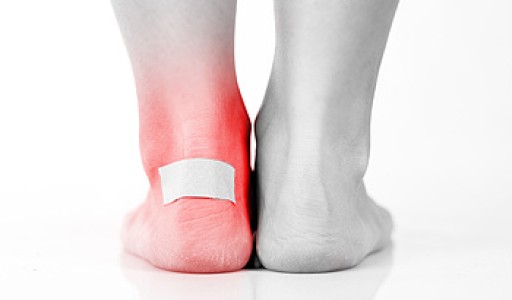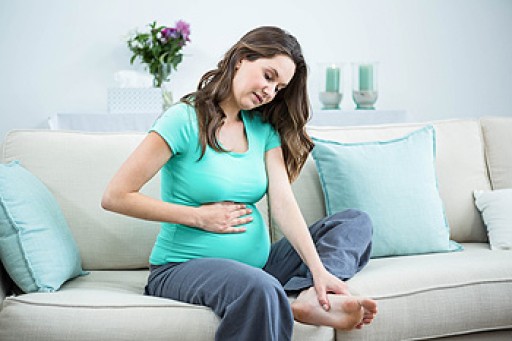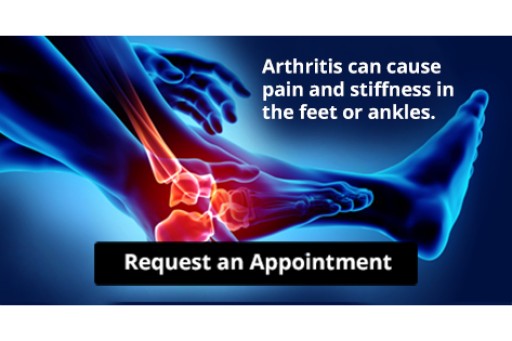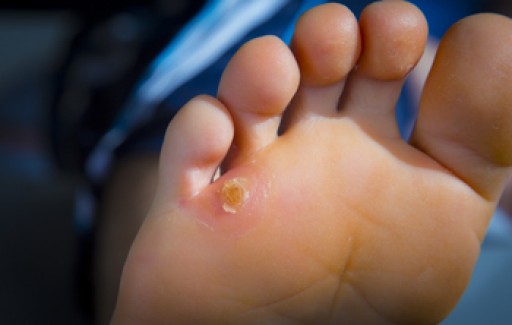Bunions are bony bumps that grow on the outer edges of the big toe, at the base of the big toe joint. Bunions can deform the toes, causing them to become misaligned and painful. Fortunately, there are steps that you can take at home to reduce bunion pain. Wearing the right shoes is of the utmost importance when it comes to managing bunions. Look for shoes that have a wide toe box, low or no high heels, and are comfortable, well-fitting, and supportive. Additionally, wearing a splint at night can help keep your big toes in alignment and reduce discomfort. Strengthen your toes by stretching them regularly. Taking over-the-counter pain medications can help reduce pain and inflammation around the bunion. If you have bunions, it is suggested that you see a podiatrist for treatment.
If you are suffering from bunions, contact Dr. Castillo of Bronx Foot Care. Our doctor can provide the care you need to keep you pain-free and on your feet.
What Is a Bunion?
A bunion is formed of swollen tissue or an enlargement of boney growth, usually located at the base joint of the toe that connects to the foot. The swelling occurs due to the bones in the big toe shifting inward, which impacts the other toes of the foot. This causes the area around the base of the big toe to become inflamed and painful.
Why Do Bunions Form?
Genetics – Susceptibility to bunions are often hereditary
Stress on the feet – Poorly fitted and uncomfortable footwear that places stress on feet, such as heels, can worsen existing bunions
How Are Bunions Diagnosed?
Doctors often perform two tests – blood tests and x-rays – when trying to diagnose bunions, especially in the early stages of development. Blood tests help determine if the foot pain is being caused by something else, such as arthritis, while x-rays provide a clear picture of your bone structure to your doctor.
How Are Bunions Treated?
- Refrain from wearing heels or similar shoes that cause discomfort
- Select wider shoes that can provide more comfort and reduce pain
- Anti-inflammatory and pain management drugs
- Orthotics or foot inserts
- Surgery
If you have any questions, please feel free to contact our offices located in Bronx, NY Yonkers, NY . We offer the newest diagnostic and treatment technologies for all your foot care needs.
